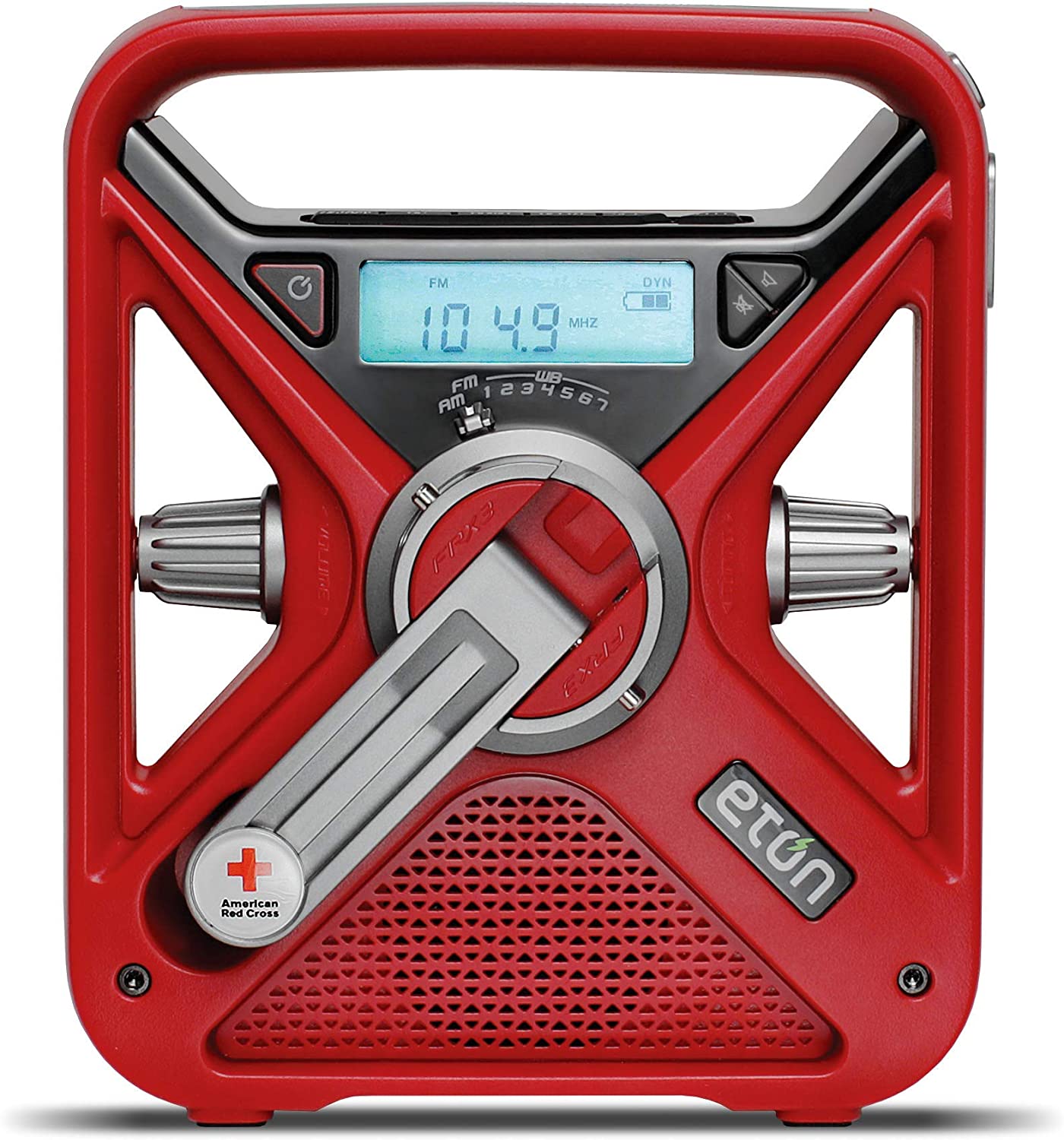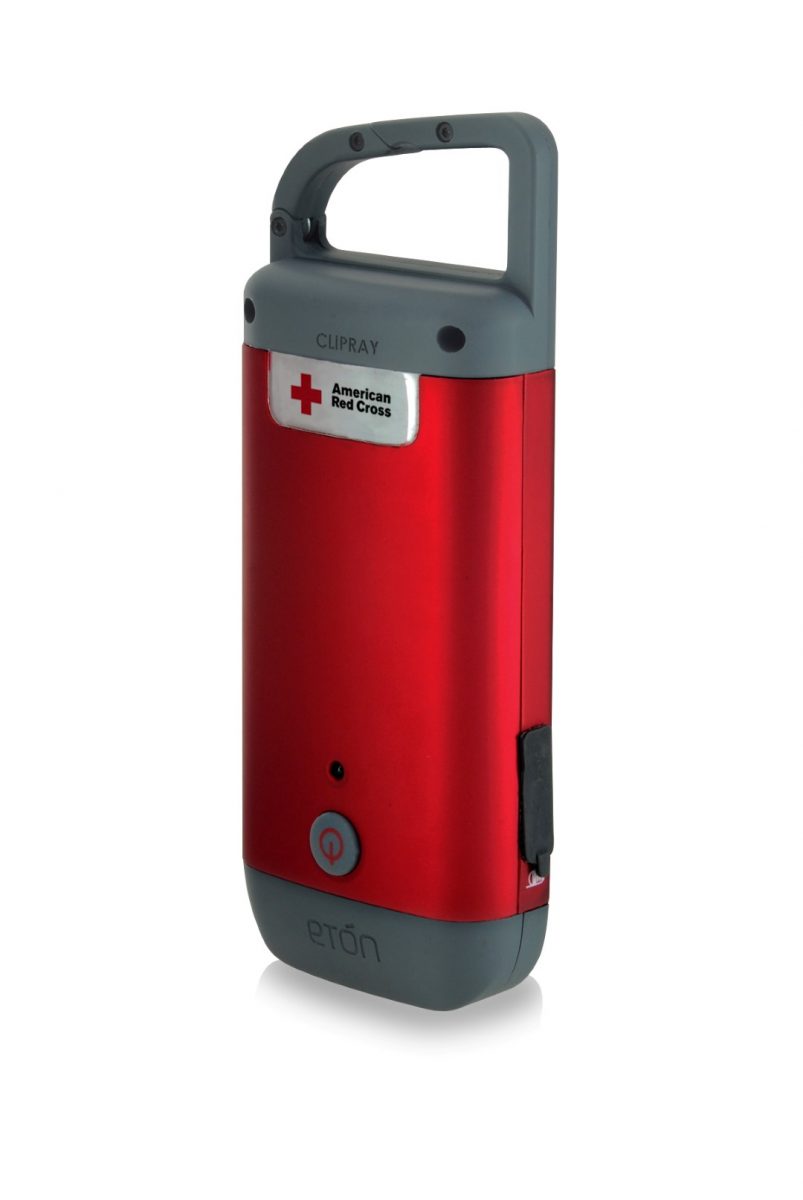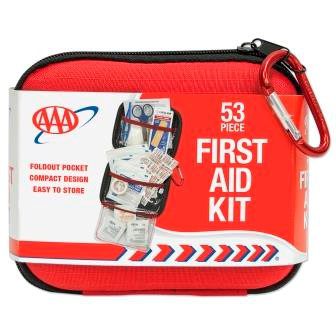Your local AAA Travel Store is here to help you prepare for any eventuality. According to FEMA’s Ready.gov public campaign, a basic emergency kit should include the following items:
Basic Home Emergency Kit
Battery powered radio & extra batteries

AAA Recommends: The FRX3 American Red Cross Emergency Radio by Etón receives AM, FM, and NOAA Weather Band broadcasts in case of weather emergencies, and can be charged via hand crank, mini USB, traditional batteries, or solar cell. It also features a flashlight and a smartphone charger.
AAA Member Price: $49.99
Flashlight & extra batteries
AAA Recommends: The Clipray flashlight by Etón is a crank powered, clip-on flashlight. At two inches wide and six inches long it is the perfect flashlight to store in every emergency kit. Just one minute of cranking produces ten minutes of light.
AAA Member Price: $9.99
First aid kit
AAA Recommends: The 53 piece AAA First Aid Kit from Lifeline First Aid is sized just right for your emergency kit or glove box. Along with bandages, antiseptic, and gauze it also includes tweezers, scissors, vinyl gloves, and a first aid guide.
AAA Member Price: $11.50
Other items to include:
- Water: One gallon per person per day
- Food: At least a three day supply of non-perishable foods (and a manual can opener for any cans)
- Whistle to signal for help
- Dust mask
- Plastic sheeting and duct tape to create a shelter
- Moist towelettes, garbage bags and plastic ties for personal sanitation
- Wrench or pliers to turn off utilities
- Local maps- available at your local AAA service center, or through AAA.com!
See the full list at Ready.gov
If you have already built your emergency kit make sure to check the expiration dates on any food and first-aid supplies at least every six months. Also, consider if your needs may have changed since you originally built the kit (for example, new family members, new location, etc.)
For more information visit:
Oregon.gov Preparedness site or Oregon Office of Emergency Management
Idaho.gov Preparedness site or Idaho Office of Emergency Management
Or check out your city or county websites for localized information such as disaster shelters, or communication nodes.



